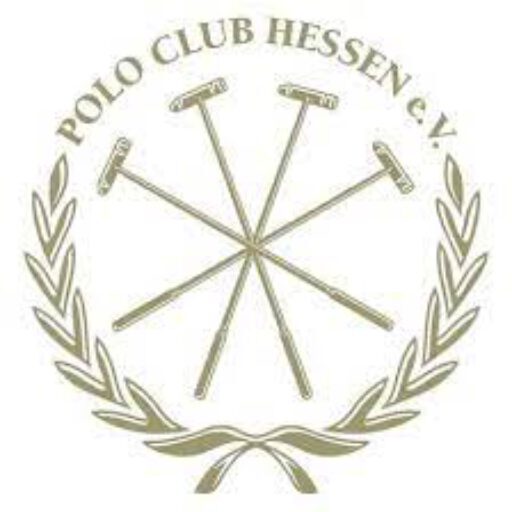Familiarize yourself with the terms from the sport of polo ….
…Chukker…Handicap…Hooking…Stick…Throw-In…Right of Way…Ball Line…
matchfield
In the best case, the polo field has a length of 274 m (300 yards) and a width of 182 m (200 yards).
Gates
The distance between goalposts is 7.30 m (8 yards) with no upper limit. After each goal has been scored, the direction of play changes for the teams.
ball
Today’s polo ball is made entirely of plastic and weighs approximately 128 g (4.5 ounces) and is approximately 8.9 cm (3.5 inches) in diameter.
game time
In Europe you usually play 4 game sections. These chukkers have an effective playing time of 7.5 minutes. Time is stopped for every foul, so a game lasts a good hour, including the chukker breaks to be observed.
Handicap (HCP)
Each player is assigned a handicap. In polo, this is from -2 to +10. If you add the individual handicaps of the players in the team, you get the team handicap. If teams of different strength play against each other, a goal difference is calculated using a fixed formula, which is credited to the weaker team from the start of the game. That can sometimes only amount to half a goal!
referee
Each polo game is followed by at least one mounted referee, interrupted by a loud whistle in the event of a foul and the time stopped.
Furnishing
A polo player must wear a helmet with or without a face shield, boots and knee pads. Not to forget the polo bat, which consists of a bamboo stick and a hardwood “cigar” (head of the bat). The ball is hit with the broadside of the polo bat.
throw in
At the start of the game, the two teams line up in the center of the field so that each team is in their half of the field behind the center line. The referee throws the ball into the lanes between opposing players to throw-in.
The different beats
Offside forehand
The “offside-forehand” is the most common hit to the right of the horse. This shot hits the ball forward.
Off side back
In offside-back, the ball is hit backwards to the right of the horse.
Nearside Forehand
The “nearside-forehand” is performed on the left side of the horse in running direction.
Near side back
This punch is also hit backwards against the running direction and is then called “nearside-back”.
Tail Shot
This hit is hit back, against the running direction, to the left or right of the horse, but under the horse’s tail.
Open back
Like the “tail-shot” back, this shot is also executed against the running direction. But not under the tail, but always hit away from the horse.
Under the neck
is struck under the horse’s neck.
Important polo rules
line of the ball
The ball line “Line of the Ball” (LOB) is the lengthened path forwards and backwards that the ball has advanced or will travel.
Right-of-Way
The right of way depends on direction, angle to the ball line, speed and distance relative to other players. Right of way normally belongs to the player who bats offside, rides in the same direction as the ball is rolling and is fastest to establish himself on the ball line or rides at the smallest angle to it.
Hooken
A player may try to “hook” his opponent while he’s hitting, preventing him from making a shot by holding his club in the other’s swing path.
ride out
Here, a player tries to push the opponent parallel to the ball line at the same speed and at the same height.
safety 60
A penalty kick is awarded when the defending team has kicked the ball over their own end-line.
60 yards
Free kick from the 60 yard line towards goal. This free kick may be defended.
40 yards
Free kick from the 40 yard line towards goal. An opposing player may ride into the goal as soon as the penalty taker touches the ball.
30 yards
At the 30 yard free kick the goal is undefended.
The Polo Pony
bandages and spats
It is compulsory to bandage a polo horse on all four legs; Gaiters and bell boots are also allowed as additional protection.
tail & mane
The tail is tied up during play so the stick doesn’t get caught in it. A polo horse’s mane is clipped to prevent the reins from tangling in the mane.
Use of the polo horse
The rule states that a polo horse may not be fielded in two consecutive chukkers.
